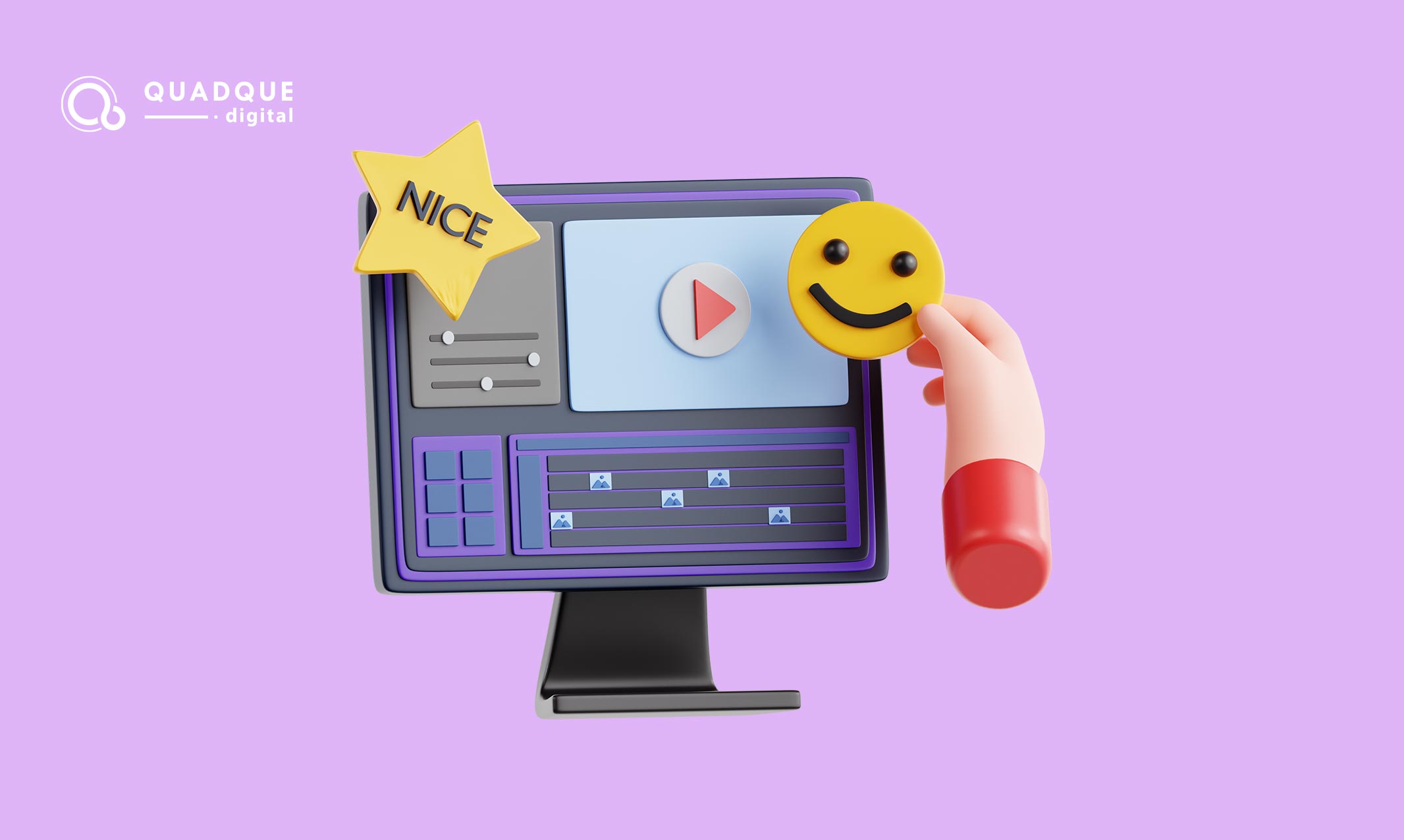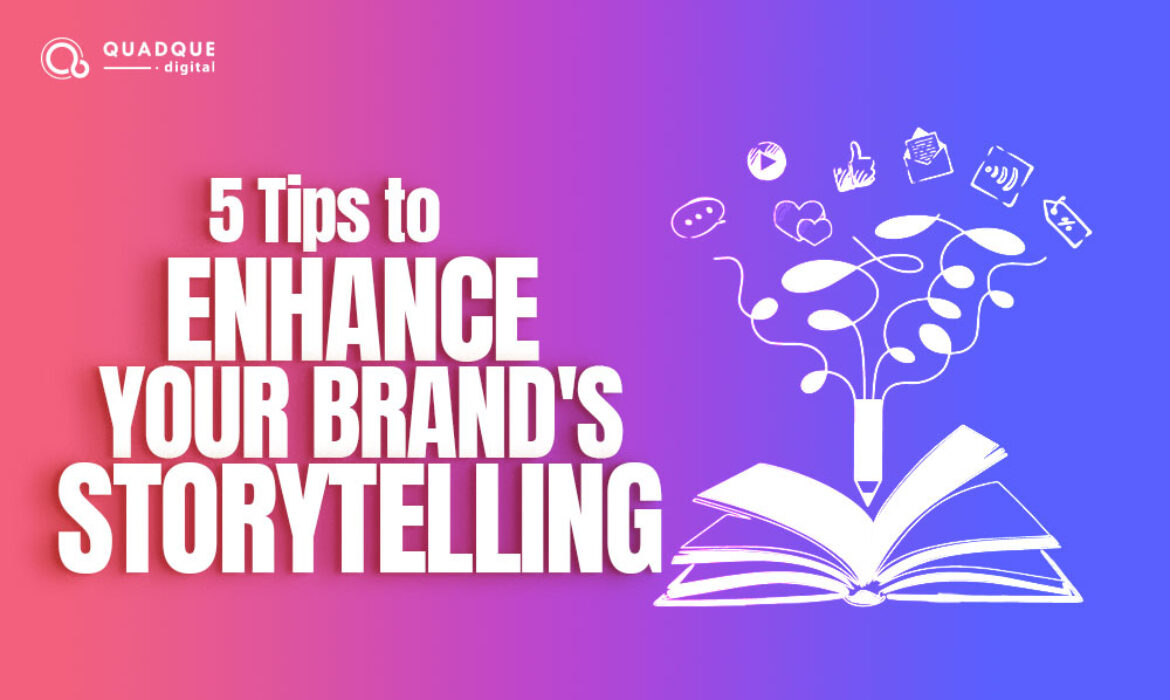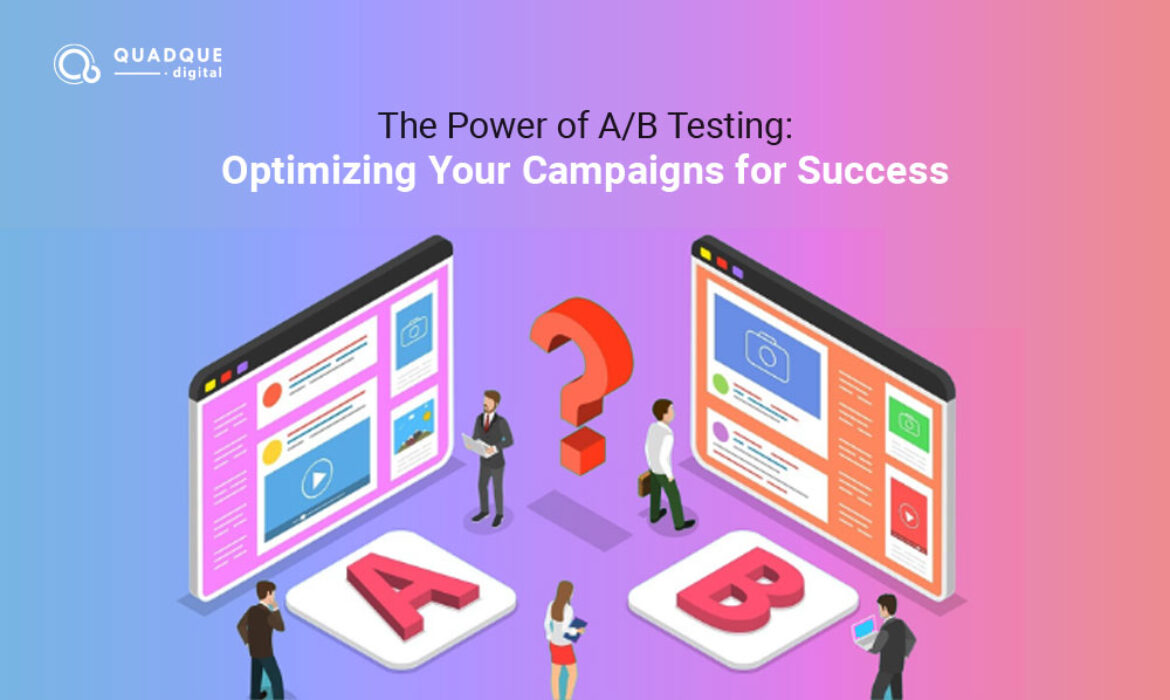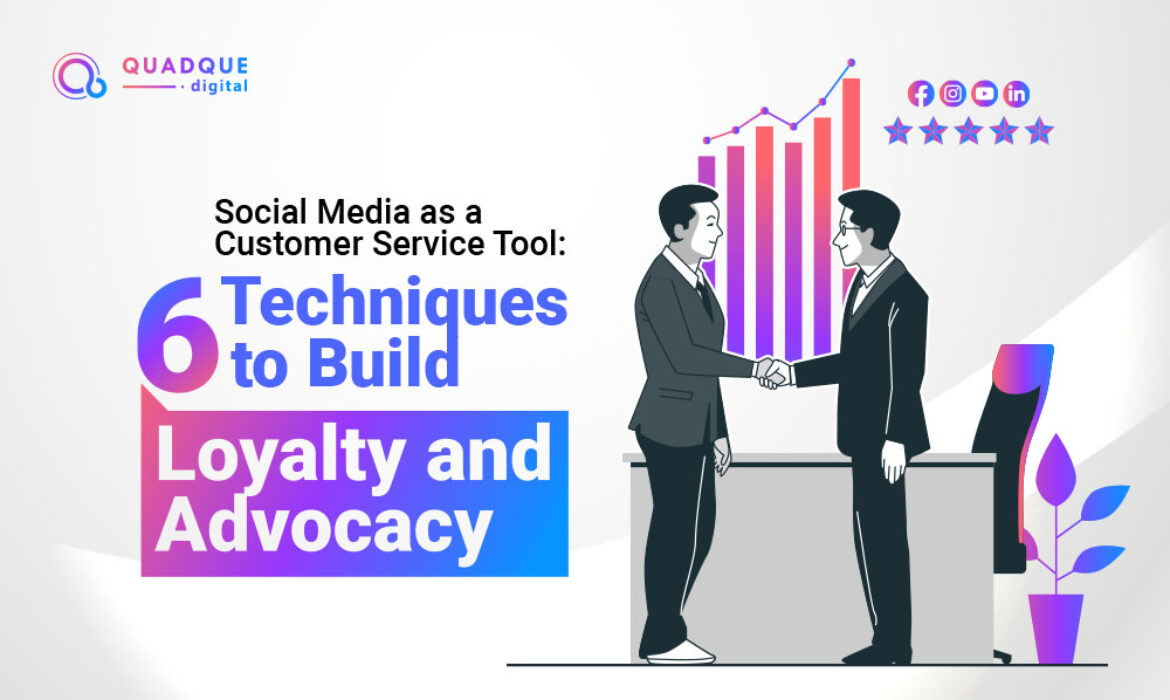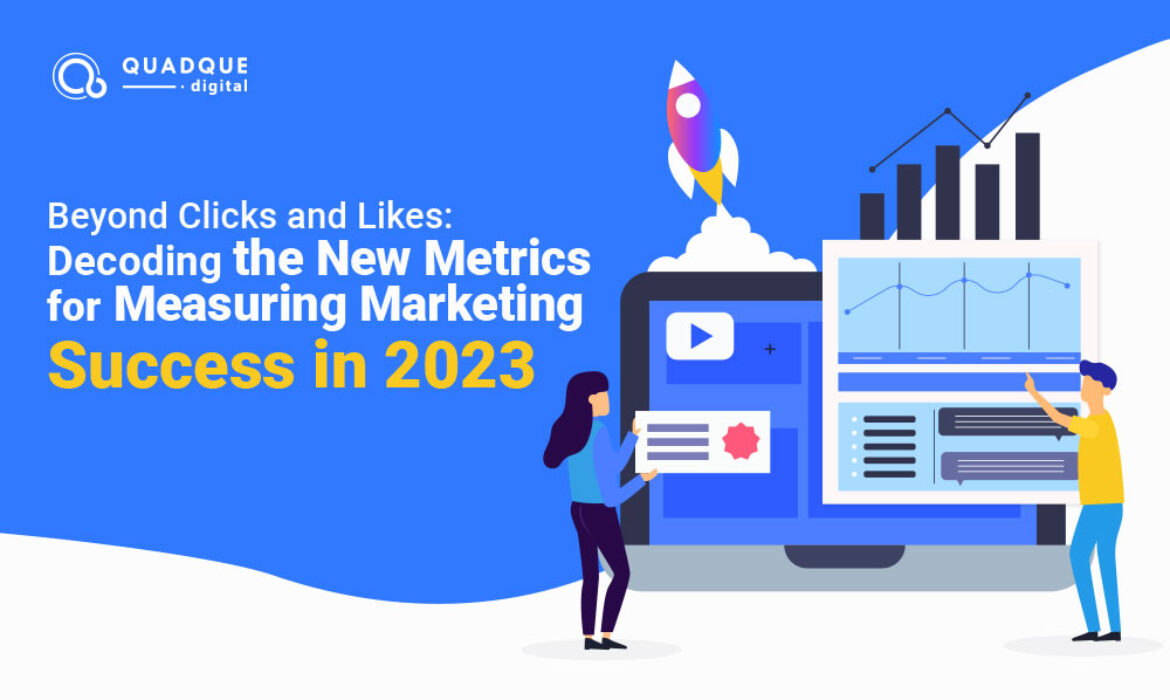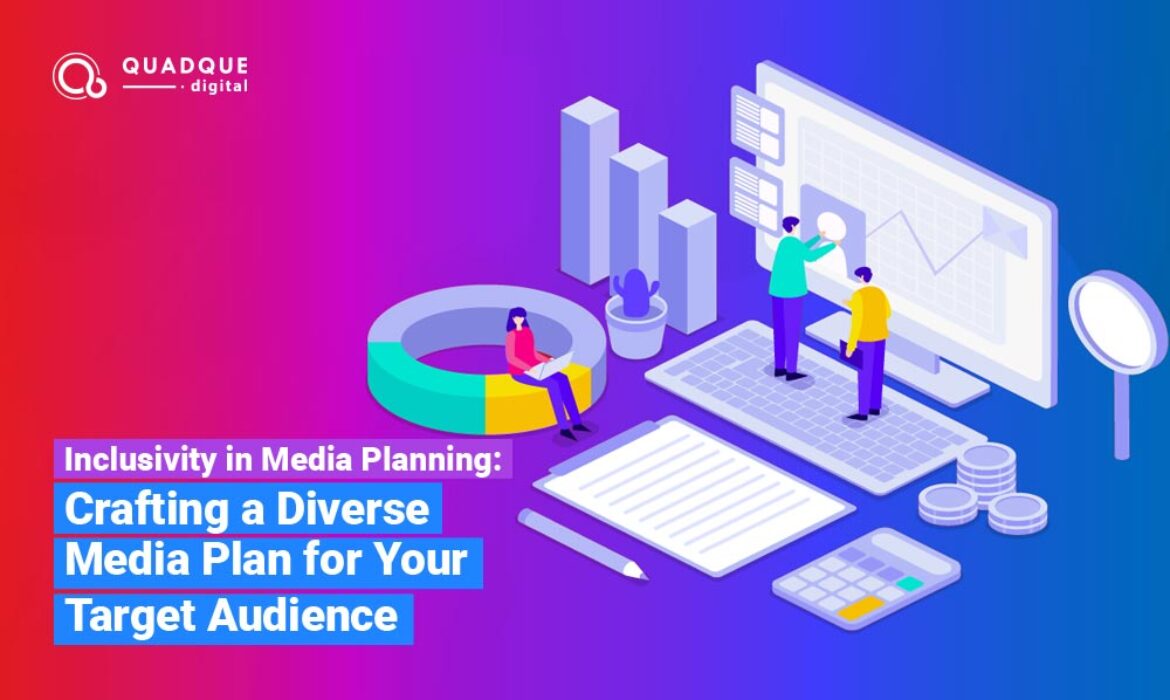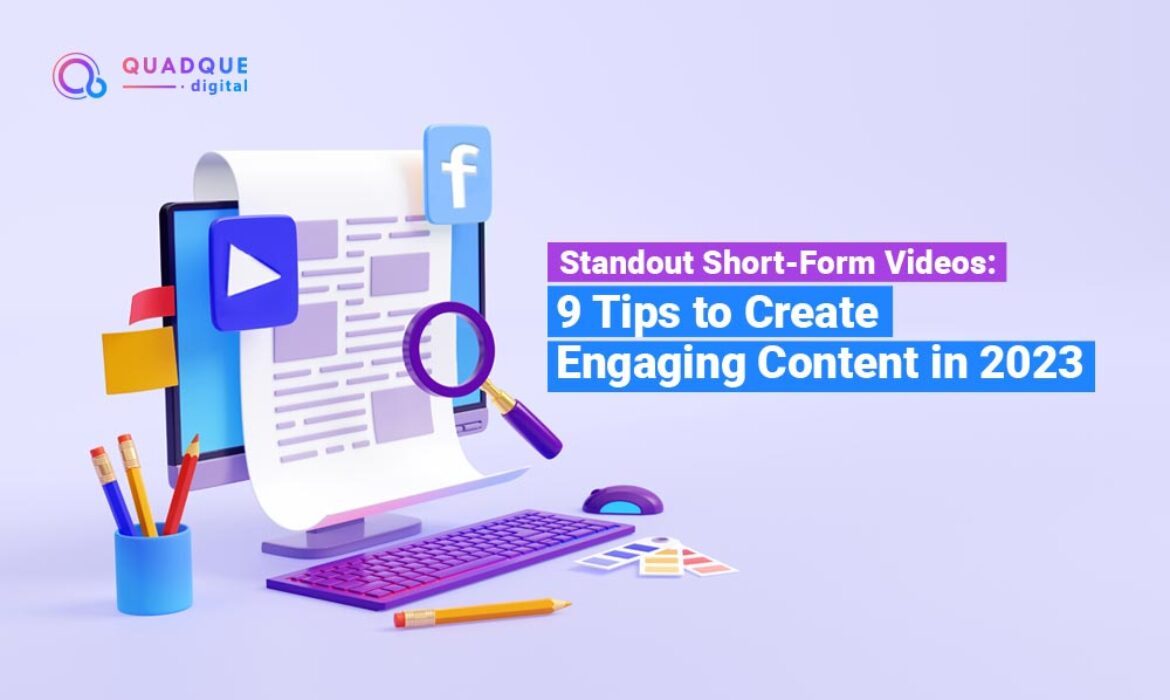Animating is the Next Future: Trends and Innovations in Video Animation
Trends and Innovations in Video Animation – The Future of Animating Overview Video animation has evolved dramatically over the past decade, becoming an essential tool in digital marketing, entertainment, and education. As technology advances, new trends and innovations emerge, shaping the future of animation.
Read More
